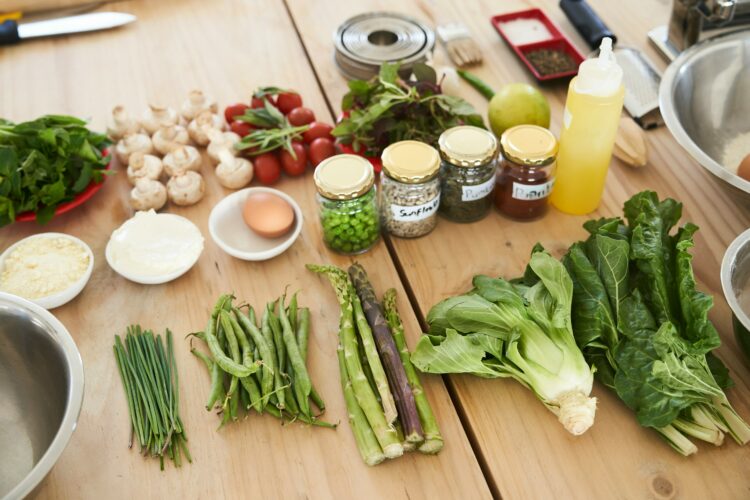
Looking to boost your garden’s bounty with more than just flavors? Consider planting these 20 high-protein vegetables. Not only will they add variety to your meals, but they will also provide a significant protein punch to support your health. From leafy greens to robust beans, here is how to make your garden a protein powerhouse.
Peas
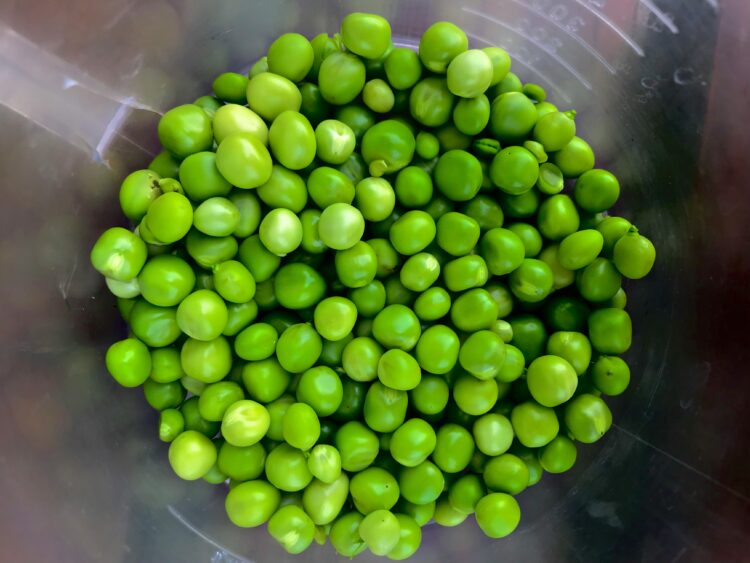
Peas are a fantastic source of protein, and they are super easy to grow. These little green gems pack a punch with about 5 grams of protein per cup. You can plant them in early spring, and they thrive in cooler temperatures. Sow pea seeds directly into the ground. In a few weeks, you will have fresh, crunchy peas.
Spinach

Spinach might be a leafy green, but it is also a protein powerhouse. With about 5 grams of protein per cooked cup, it is a great addition to your garden. Spinach grows best in cooler weather, so plant it in early spring or fall. It prefers well-drained soil and a spot with partial shade.
Broccoli

Broccoli is not just a delicious veggie; it is also high in protein, offering around 3 grams per cup. This cruciferous vegetable is best planted in early spring or fall. Broccoli likes full sun and rich, well-drained soil. It takes a bit longer to mature, about 60-100 days. You will know it is ready to harvest when the heads are tight and firm.
Brussels Sprouts
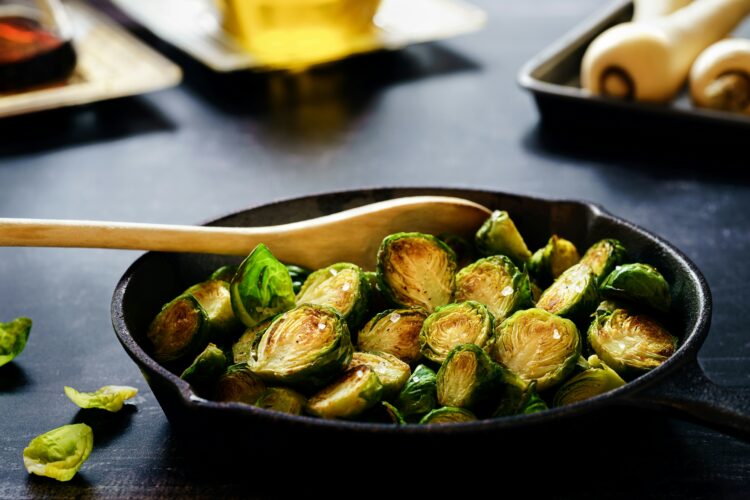
Brussels sprouts are mini cabbages packed with protein, about 3 grams per cup. They thrive in cooler weather, so plant them in early spring or late summer. They need full sun and well-drained, fertile soil. Brussels sprouts take their time to grow, usually taking around 80-100 days to mature.
Kale
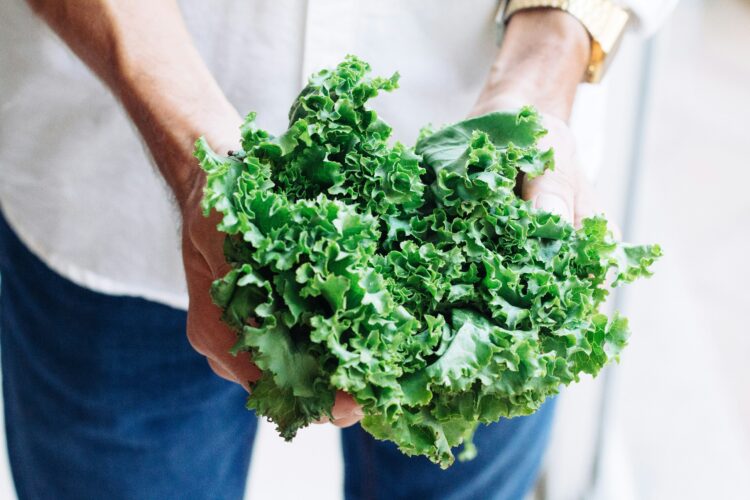
Kale is not only trendy but also a high-protein leafy green. With about 3 grams of protein per cup, it is a must-have in your garden. Kale grows best in cooler temperatures, so aim to plant it in spring or fall. It prefers full sun and well-drained soil. Kale is incredibly hardy and can withstand frost, which is best for extended harvesting.
Edamame (Soybeans)

Who knew that those little green edamame beans could pack such a protein punch—about 18 grams per cup? Moreover, they are a breeze to grow. Just plant them in late spring when the soil has warmed up. Find a sunny spot with decent drainage. They are tough little plants growing up to two feet tall.
Asparagus

Asparagus is like the gift that keeps on giving in any garden. Once it is rooted, it comes back each year, offering about 3 grams of protein per cup. Plant those asparagus crowns in early spring in a sunny, well-draining patch of your garden. Wait a couple of years for full harvests. Cut them when they are about 6-8 inches tall.
Artichokes
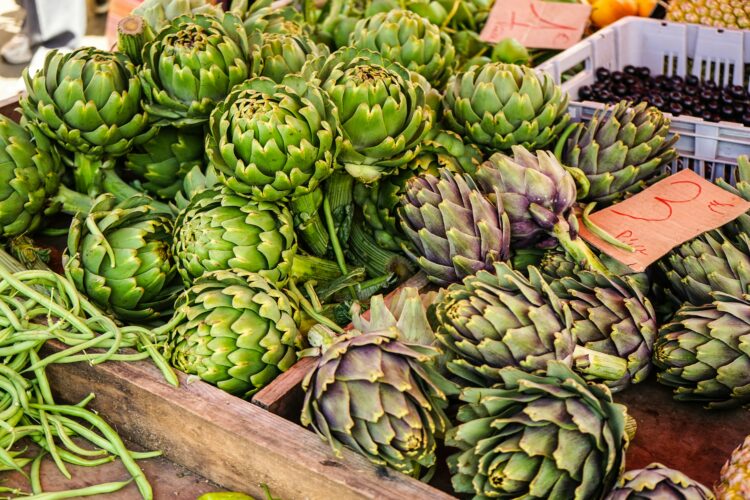
Artichokes might look intimidating to grow, but they are actually straightforward and come with a nice bonus of about 4 grams of protein per cup. They flourish in milder climates and need a sunny location with well-draining soil. Start them off in early spring from either crowns or seedlings. Pick the artichokes when the buds are tight and unopened.
Sweet Corn
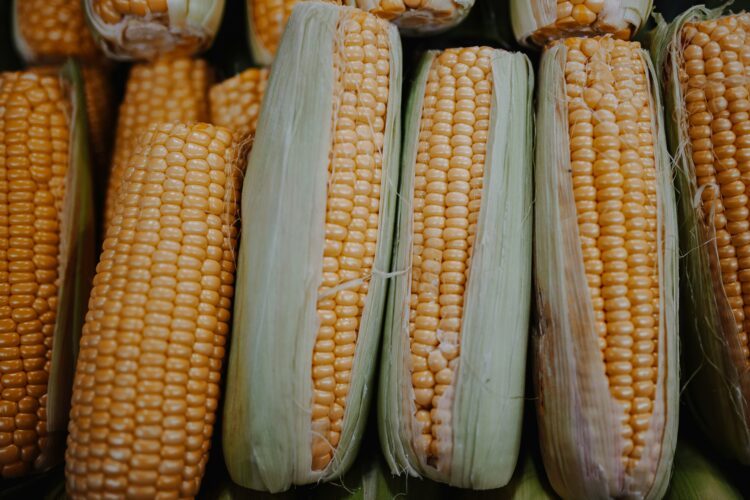
There is nothing quite like the taste of sweet corn in the summer, which also delivers about 5 grams of protein per cup. Plant your corn in late spring in a spot that gets full sun and has rich, well-draining soil. Corn demands a bit of room and plenty of water. Harvest when the kernels feel plump and are milky inside.
Mushrooms
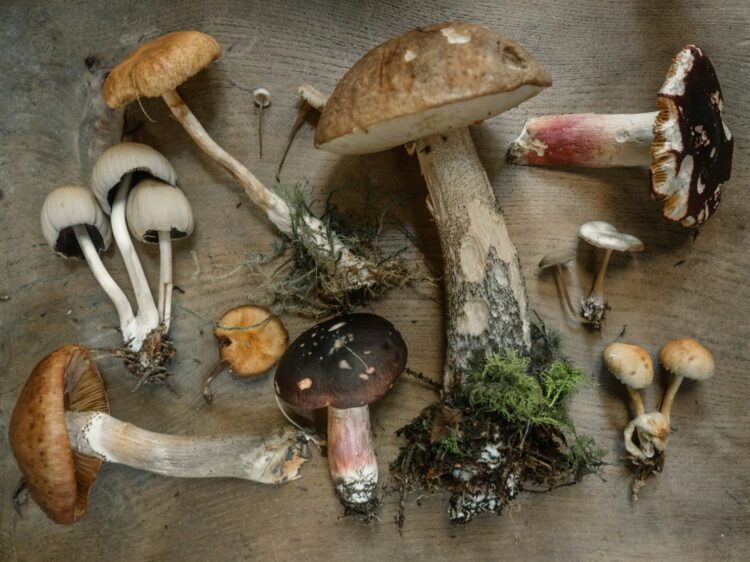
Mushrooms are not your typical garden veggies, especially since they offer about 3 grams of protein per cup and thrive in cool, dark, and damp places. You can easily grow them inside or in a shady garden spot. Many garden centers offer mushroom kits packed with everything you need to get started.
Lentils

Lentils are a powerhouse of plant-based protein, delivering about 18 grams per cup. Unique among legumes, they grow well in cooler climates. Plant them in early spring in a spot with good drainage and plenty of sun. They will grow into bushy plants that also help enrich the soil with nitrogen, which is great for your garden.
Chickpeas (Garbanzo Beans)
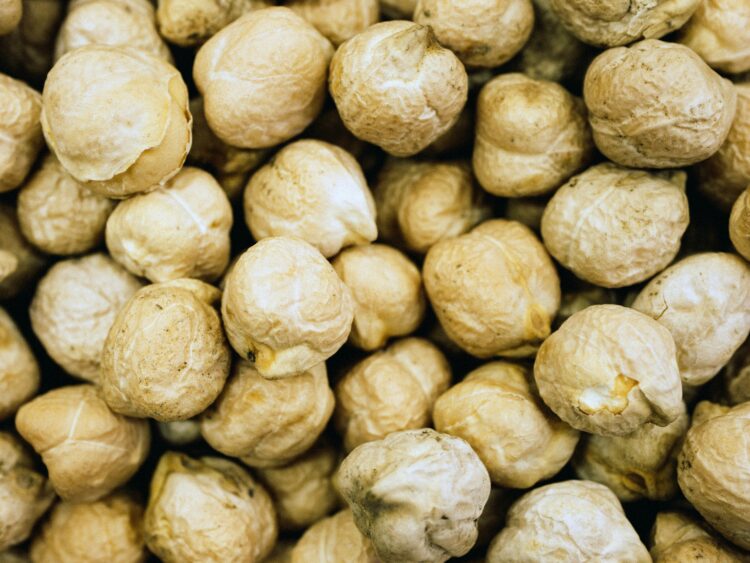
Chickpeas, or garbanzo beans, are robust little legumes packing about 15 grams of protein per cup. They flourish in warm climates and well-drained soil. Sow them in early spring or late summer in a sunny part of your garden. Chickpeas are pretty easygoing and can handle dry spells well. Pick the pods when they dry up and turn brown.
Fava Beans

Fava beans, also known as broad beans, bring a substantial protein boost to your table, about 13 grams per cup. They prefer the cooler days of early spring for planting. Find a spot with full sun to partial shade and good drainage. Fava beans take their time growing, so patience is needed. Harvest them when the pods are large but still green.
Amaranth

Amaranth is a unique plant grown for both its leaves and seeds, both high in protein. The seeds have about 9 grams per cup. It thrives in warm climates and well-drained soil. Plant it in late spring and ensure it gets plenty of sunlight. Harvest the young leaves early, use them like spinach, and gather the seeds in the fall.
Pumpkin Seeds

Pumpkins are great for more than just pies and Halloween; they also give you protein-rich seeds, about 7 grams per cup. They need a sunny spot and plenty of space as the vines spread out. Plant them in late spring after the last frost. Harvest pumpkins in the fall when they are fully ripe.
Beet Greens

Beet greens are often overlooked, but they are super nutritious and high in protein, about 3 grams per cup. Beets grow best in cooler weather, so plant them in early spring or fall. They prefer well-drained soil and a sunny spot. You can start harvesting the greens when they are young and tender.
Green Beans

Green beans are a garden staple, offering about 2 grams of protein per cup. They are easy to grow and thrive in warm weather. Plant them in late spring in a sunny spot with well-drained soil. Green beans come in bush and pole varieties; the latter needs a trellis or support. Harvest when the beans are young and tender.
Cauliflower
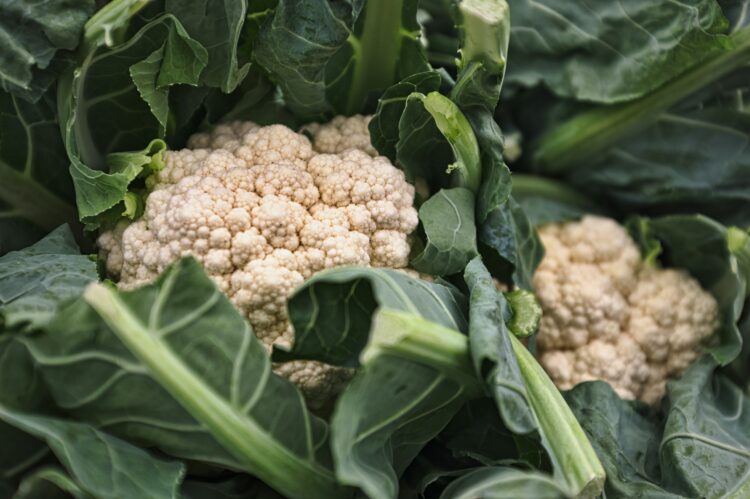
Cauliflower might not be the first veggie that comes to mind for protein, but it has about 2 grams per cup. This cool-weather crop grows best in spring and fall. Plant it in a sunny spot with rich, well-drained soil. Cauliflower takes about 60-80 days to mature. Harvest when the heads are firm and compact.
Bok Choy
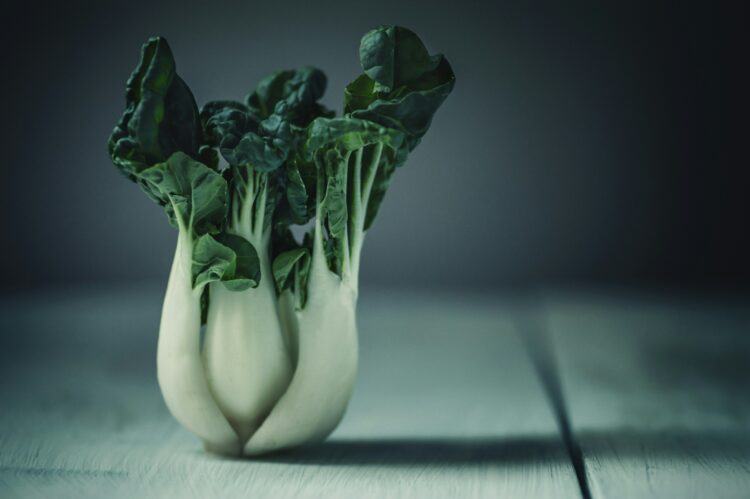
Bok choy, or Chinese cabbage, is a leafy green with about 2 grams of protein per cup. It grows best in cooler weather, so plant in early spring or fall. It prefers well-drained soil and partial shade. Bok choy is a fast grower and can be harvested within a few weeks.
Swiss Chard

Swiss chard is another leafy green high in protein, offering about 3 grams per cup. It is easy to grow and can thrive in both cool and warm weather. Plant in early spring or late summer in a sunny spot with well-drained soil. Harvest the leaves when they are young and tender, and they will keep producing throughout the season.

Comments
Loading…